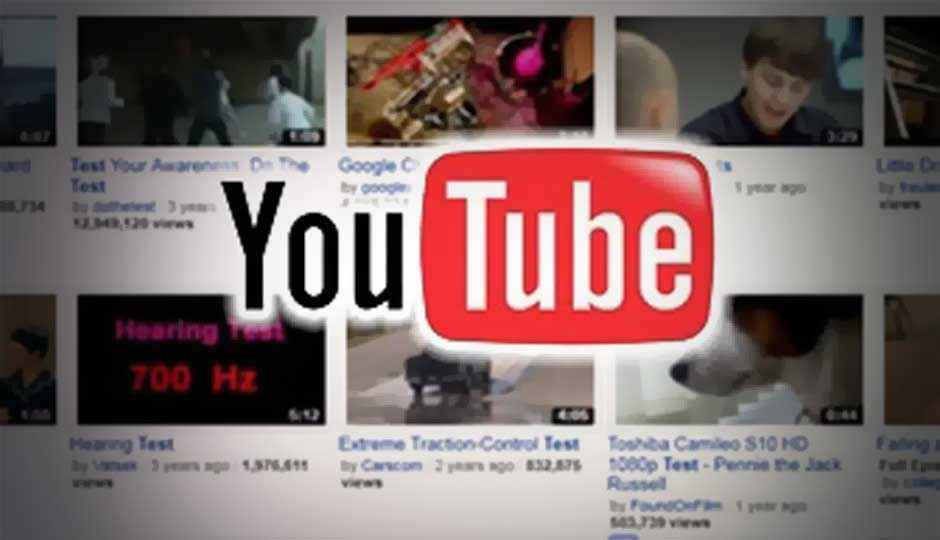Why dropping YouTube in iOS 6 is good

A little too much ado is being made over Apple dropping the YouTube app from iOS 6, probably because Apple and Google are locked in a death match right now. That’s true, but it isn’t why YouTube had to go. That YouTube icon on every iPhone home screen was a vestigial piece of bloatware, and hopefully it’s only the beginning of Apple’s housecleaning.
The iOS YouTube app is a remnant from iOS 1.0, back when third-party apps didn’t exist. Back then, the only real applications you could run were pre-blessed by Apple. For everything else, Apple suggested “Web apps.” As we all know, native apps often provide a better UI experience than Web apps do, especially Web apps written in 2007. The then-close relationship between Google and Apple let Google provide a native YouTube app.
But the App Store has rendered these kinds of preloads useless. They’re undeletable clutter, and they can only be updated with an iOS update. A downloadable App Store app can be updated more often and will be forced to compete with the many other great online video apps out there. People who like YouTube will get a better YouTube app. People who don’t like YouTube won’t have it on their device. Consumers win.
I’m hoping Apple will slim even further down on the bloatware. There is absolutely no reason for the weather and stock preloads, given the huge number of superior weather and stock apps in the App Store. The stock preload never made sense anyway; while everyone has to deal with the weather, according to the most recent Census numbers I could find, less than 20 percent of Americans own and trade individual stocks. Most people I know shunted that stock icon into a folder long ago. And it’s not like stock prices are a valuable system service that third parties have used en masse.
This is a different situation than we’ve seen with Maps. Mapping and location services are one of the mobile killer apps, and it helps to have a first-party (or first-party-approved) mapping app because they can be difficult to do well through public APIs. Maps also tend to get used and embedded in thousands of third-party apps, and they’re the bedrock of many modern mobile ad strategies.
In other words, Apple has a major business interest in providing its own mapping system. That is a sign of the ongoing war between Apple and Google; removing the YouTube app isn’t necessarily.
Ban the Bloat
One man’s bloatware is another man’s useful app, but it would be great to see some smartphone manufacturer take a stand against stuffing its devices full of redundant icons.
In the Android world, the best actors here are the carrier U.S. Cellular and, of course, Google with its Nexus phones. But even those aren’t perfect. U.S. Cellular gets very high marks for not adding its own bloatware to phones, but you’re still stuck with the redundant apps added by manufacturers like Samsung. Google also can’t help but plug its own lesser-used services like Google (although, thank goodness, Google resists sticking every optional Google app in the world on the Nexus phones.)
Sadly, as we’ve seen on PCs for years, bloatware is a really easy way for phone manufacturers and carriers to make an extra buck or to try and force their preferred services onto users. So while we can cheer Apple slimming down its home screen, I don’t see this as part of an ongoing trend, not even for Apple itself.
Copyright © 2010 Ziff Davis Publishing Holdings Inc

